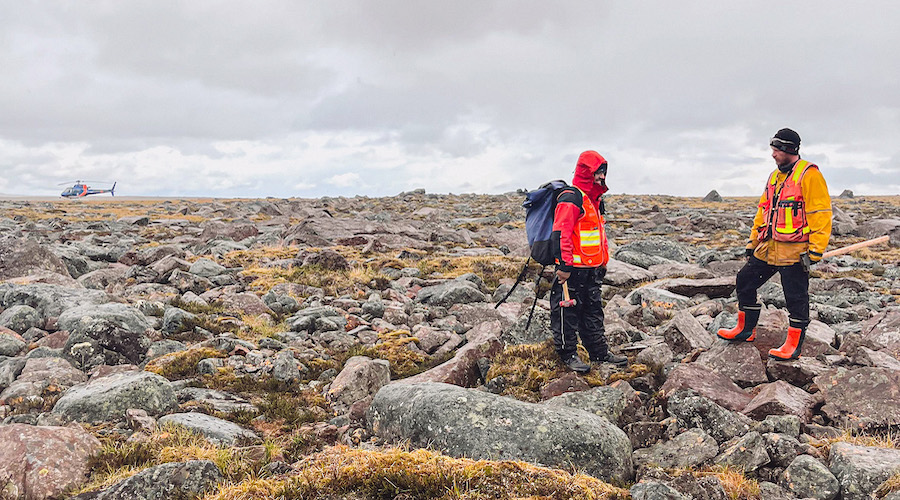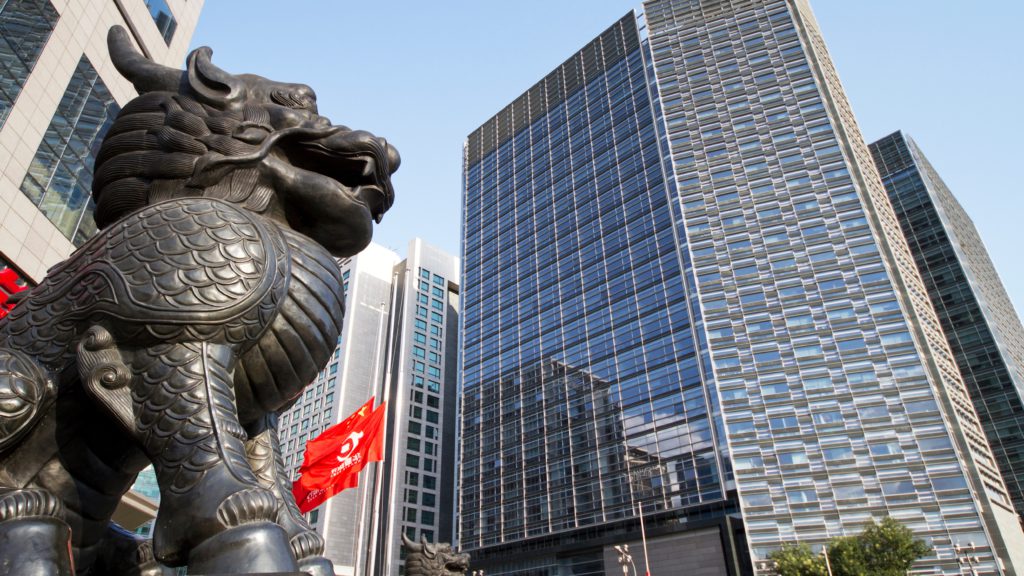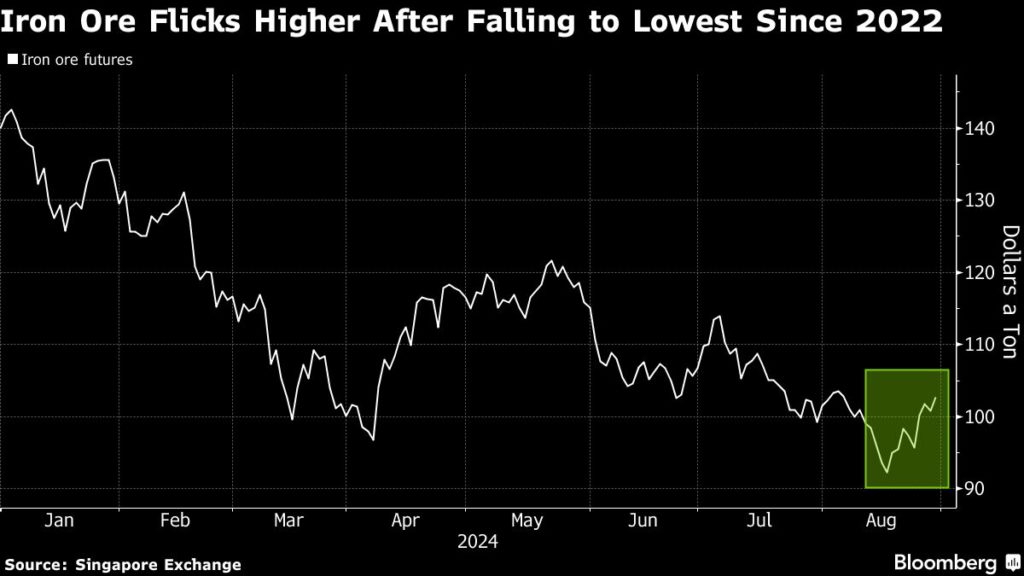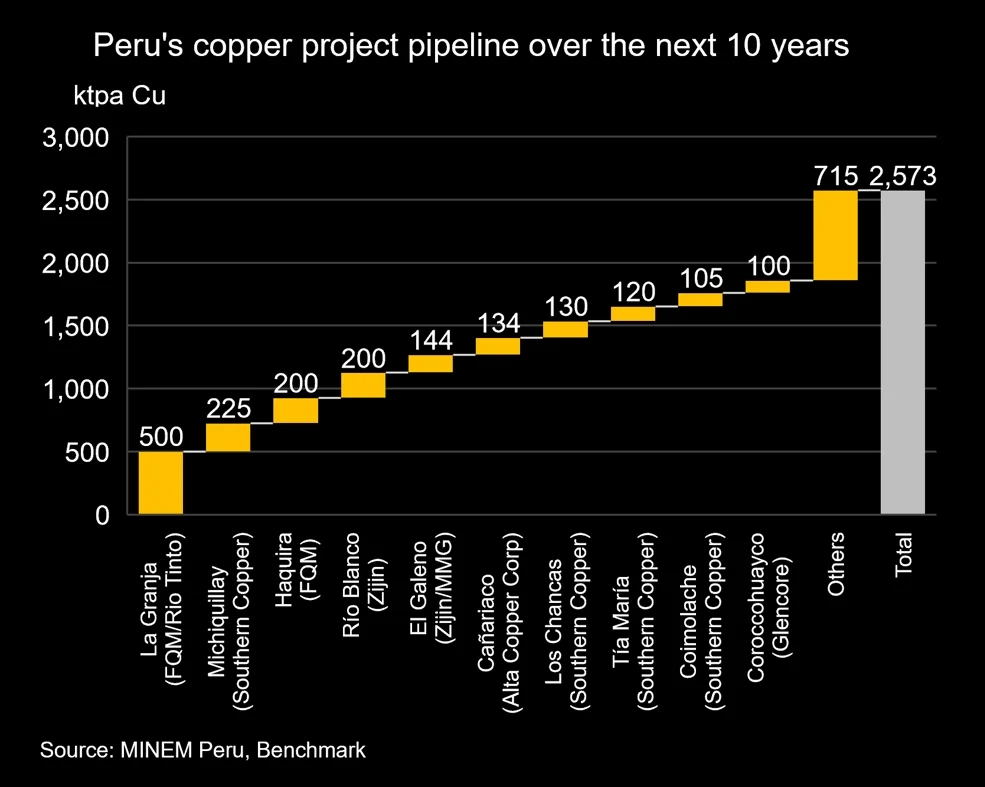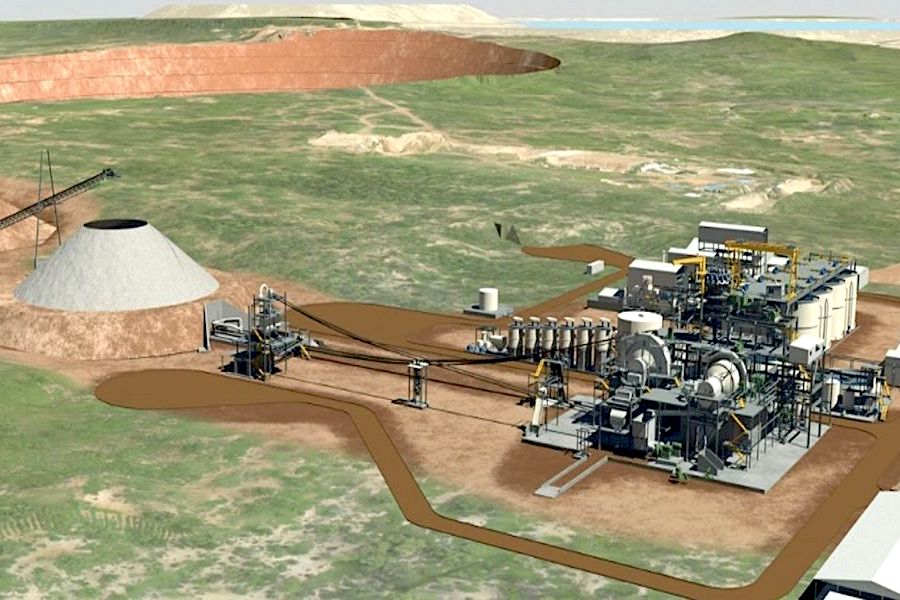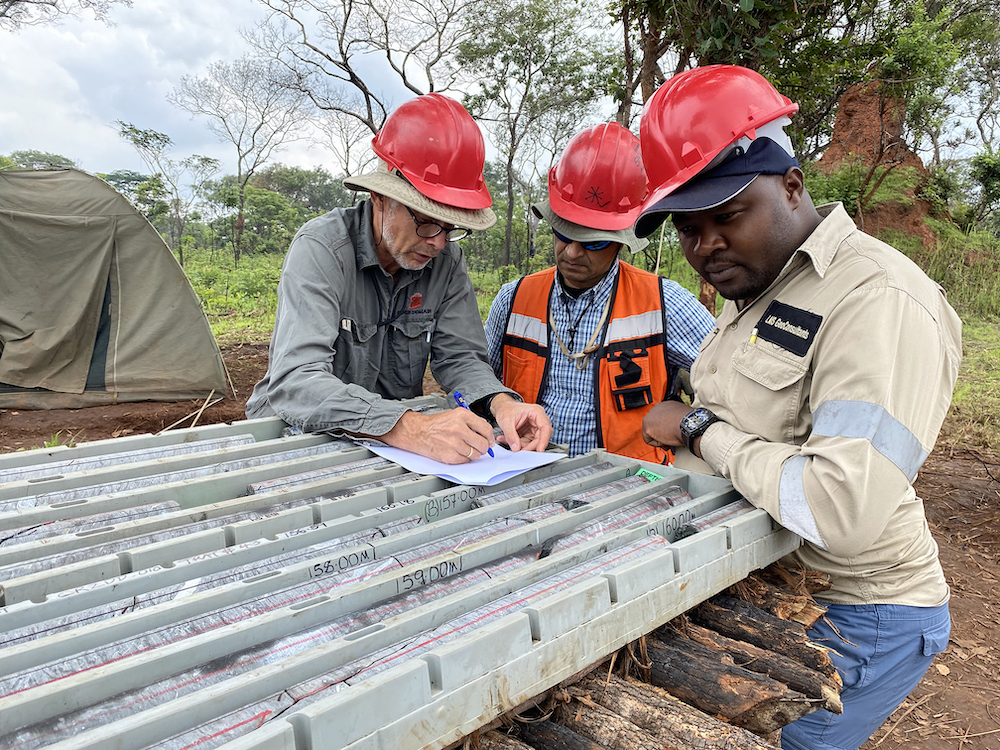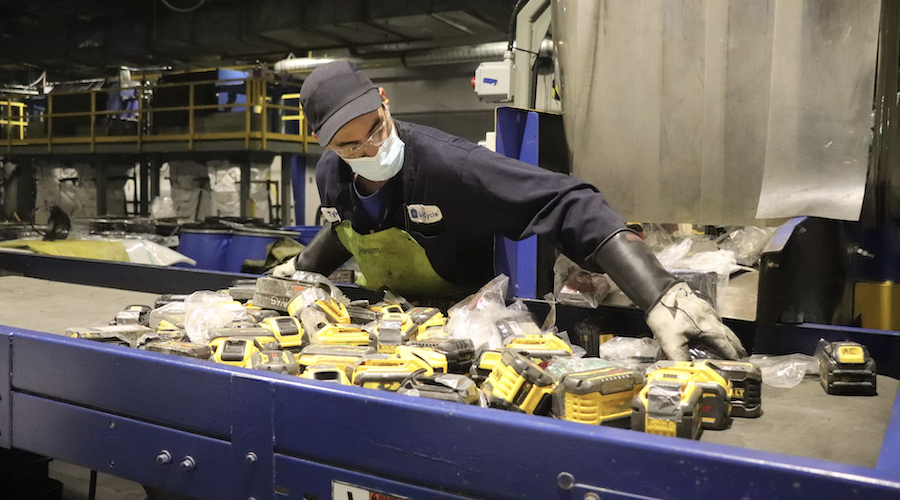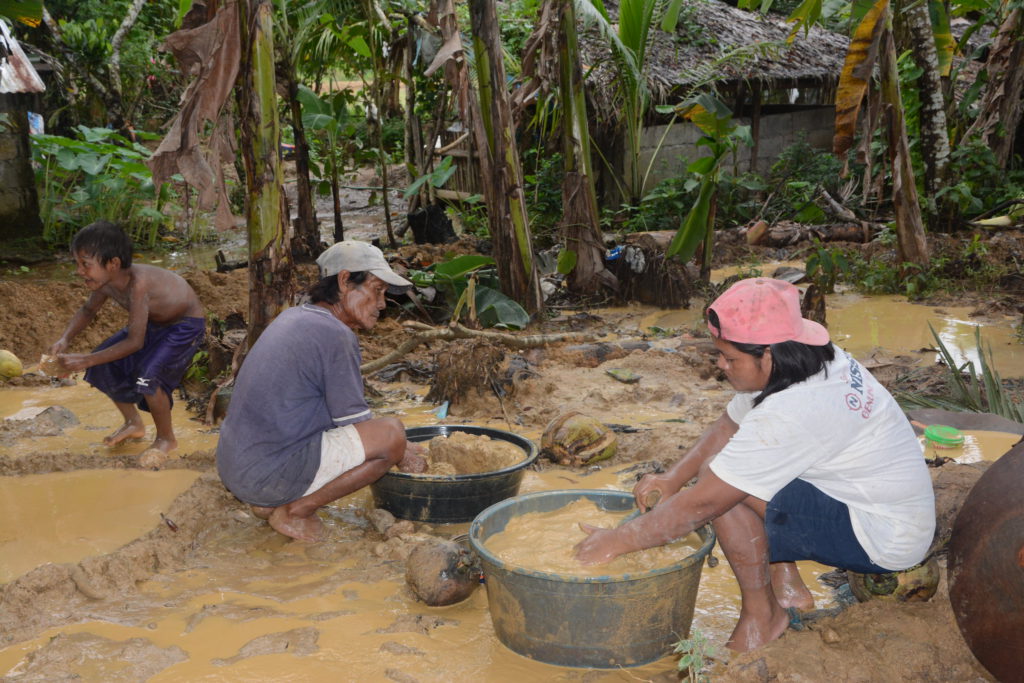Crude oil production in Iraq’s semi-autonomous region of Kurdistan is currently about 350,000 barrels per day (bpd), but it all goes to local buyers at steep discounts as the key export route via a pipeline to Turkey’s Mediterranean coast continues to be shut in.
Kurdistan’s crude output is now around 50,000 bpd lower compared to production levels before March 2023, when the pipeline to Turkey’s Ceyhan was closed due to an international dispute, according to figures provided to Argus by Myles Caggins, a spokesperson for the Association of the Petroleum Industry of Kurdistan (Apikur).
Kurdish oil flows via pipeline to Turkey, of about 450,000 bpd, ceased last year after they were shut in in March 2023 due to a dispute over who should authorize the Kurdish exports.
The impasse followed an International Chamber of Commerce ruling in March 2023 in a dispute between Turkey and Iraq regarding Kurdistan oil. The ICC ruled in favor of Iraq, which had argued that Turkey should not allow Kurdish oil exports via the Iraq-Turkey pipeline and the Turkish port of Ceyhan without approval from the federal government of Iraq.
The companies members of the Apikur association continue to produce oil in the semi-autonomous Iraqi region, but have to sell their crude to local buyers at steep discounts of around $45-$50 per barrel below international crude oil prices, Apikur’s Caggins has estimated.
“The volume of production has generally increased since the shuttering of the pipeline in March 2023. All Apikur members remain focused on ultimately having the pipeline reopened for exports,” the spokesperson told Argus.
Kurdistan hasn’t been able to export its oil via a pipeline for more than a year now, but crude continues to flow out of the semi-autonomous Iraqi region in smuggling operations, on tank trucks to the border with Iran.
More than 1,000 such tank trucks are estimated to be transporting at least 200,000 bpd of Kurdish oil to Iran and Turkey, a Reuters investigation has found.
By Charles Kennedy for Oilprice.com
Who Is Playing Who In The Great Iraq Carve-Up?
By Simon Watkins - Aug 28, 2024
Recent days have seen two major announcements from Iraq’s oil and gas sector that may only add to the broad-based malaise felt by those who are frequently afflicted with cognitive dissonance when looking at the country. On the one hand, Chinese firms again won most of the 13 contracts for oil fields and exploration blocks awarded by Iraq’s Oil Ministry in the latest bidding round held from the 11th to the 13th of May. When fully developed these will add 750,000 barrels per day (bpd) of oil and 850 million cubic feet per day (MMcf/d) of gas to the country’s output. This is in line with China’s ongoing attempts to take control of these Iraqi assets and much of its political and economic future as well, as analysed in depth in my latest book on the new global oil market order. On the other hand, the U.S. and its key allies have sought to stymie this power-grab project by Beijing, principally through the making of other oil and gas deals in the country wherever possible by key firms associated with the West. Most notably of all perhaps, this included the US$27 billion four-pronged deal being run by France’s TotalEnergies. Given these two factors, then, last week’s announcement that the China Energy Engineering Corporation (CEEC) is to work with the French firm on the roll-out of the 1-gigawatt solar power project at the Artawi field in Basra – a key element of TotalEnergies’ megadeal – has come as something of a surprise, to say the least. So, what on earth is going on?
From the Chinese side, many of its top oil and gas companies were among those who won contracts most recently. These included China National Offshore Oil Corporation (CNOOC) for Block 7, ZPEC for the East Baghdad and Middle Furat oil fields (and for the Qurnain and Abu Khaima blocks), Geo-Jade for the Zurbatiya and Jebel Sanam blocks, Sinopec for the Summer block, Anton Oil for Al-Dhifriya oil field, and the Hong Kong-based UEG for the Fao Block. Even before this latest awards extravaganza, more than a third of all Iraq’s proven oil and gas reserves and over two-thirds of its current production were managed by Chinese companies, according to industry figures. This degree of dominance had long been Beijing’s plan, once the U.S. had officially ended its combat mission in the country at the end of 2021, and to that end China’s Zhenhua Oil signed a US$2 billion five–year prepayment oil supply deal with the Federal Government of Iraq (FGI) in Baghdad around that time. This deal precisely mirrored the same type of deal done by Russia in the Kurdistan Region of Iraq (KRI) after the failure of the independence referendum toward the end of 2017, which gave Moscow effective control over all the KRI’s oil and gas assets.
Although the U.S. still had enough clout to lean on Baghdad to stymie the deal, China then moved ahead with expanding the terms of its 2019 ‘Oil for Reconstruction and Investment’ agreement with Iraq into the much broader and deeper 2021 ‘Iraq-China Framework Agreement’, as also detailed in my latest book on the new global oil market order. One element of this was a preference to be given to Chinese firms on all future oil and gas contracts for the sites in which Beijing had an interest, and another element was discounted pricing on Iraqi oil and gas for Beijing. But the 2021 deal went a lot further than oil and gas, allowing China great scope to build out corollary infrastructure across the country. One notable case in point was the awarding in 2021 to China of contracts to build a civilian airport to replace the military base in the capital of the southern oil-rich Dhi Qar governorate. This region includes two of Iraq’s potentially biggest oil fields – Gharraf and Nassiriya – and China said that it intended to complete the airport by 2024. This project would include the construction of multiple cargo buildings and roads linking the airport to the city’s town centre and separately to other key oil areas in southern Iraq. In later discussions connected to the 2021 Agreement, it was decided that the airport could be expanded later to be a dual-use civilian and military airport. The military component would be usable by China without first having to consult with whatever Iraqi government was in power at the time. Even more tendrils have sprouted from this evergreen Agreement for China, in the shape of plans to link Iraq’s US$17 billion Strategic Development Road (SDR) program directly into China’s own ‘Belt and Road Initiative’ (BRI)’. This effectively allows free movement of goods and people from China into Europe across Iraq, and it can link into both Iran’s long-sought ‘Land Bridge’ to the Mediterranean and to the adjunct ‘Russia-Iran Energy Corridor’.
About the only thing that had not gone Beijing’s way in Iraq since the end of 2021 was the US$27 billion four-layered TotalEnergies’ deal. One of the key projects is the Common Seawater Supply Project (CSSP) that is critical in enabling Iraq to dramatically increase its crude oil production up to 6 million barrels per day (bpd), or 9 million bod, or even 13 million bpd, as also analysed in full in my latest book on the new global oil market order. The project was delayed for over a decade, as the U.S.’s ExxonMobil and the China National Petroleum Corporation (CNPC) battled it out for control until finally the U.S. firm withdrew and CNPC made no substantive progress, allowing TotalEnergies to take the contract. The project involves taking and treating seawater from the Persian Gulf and then transporting it via pipelines to oil production facilities to maintain pressure in oil reservoirs to optimise the longevity and output of fields. The initial plan for the CSSP is that it initially supplies around 6 million bpd of water to at least five southern Basra fields and one in Maysan Province and is then expanded for use in other fields.
A second major project is for the French firm to collect and refine associated gas that is currently burned off during oil drilling at the five southern Iraq oilfields of West Qurna 2, Majnoon, Tuba, Luhais, and Artawi. For the West, the key advantage of this would be to reduce Iraq’s long-running dependence on neighbouring Iran for up to 40 percent of its energy supplies through gas and electricity imports. This would be a good start in driving a wedge – albeit a slim one to begin with - between the two countries that could be further exploited to undermine the regional influence of the Shia Crescent of Power. This could then be used to stymie Iran’s ongoing efforts to build its Land Bridge that will then be used by Tehran to increase arms shipments to its militant proxies for use against Israel.
TotalEnergies already has ongoing experience of working across Iraq, holding a 22.5 percent stake in the Halfaya oil field in Missan province in the south and an 18 percent stake in the Sarsang exploration block in the semi-autonomous region of Kurdistan in the north. This gives it very specific operational experience of working on the ground in Iraq, which would also enable it to increase crude oil output from the Artawi oil field, which is the third of the four projects to which it is committed. According to earlier comments from Iraq’s Oil Ministry, TotalEnergies would help to boost output from the Artawi oilfield to 210,000 bpd of crude oil, up from the current circa 85,000 bpd. The last of the four projects that were to have been undertaken by the French company would be the construction and operation of a 1-gigawatt solar energy plant in Iraq.
The engagement of China to help on both the Artawi and solar energy project, then, may mark an extension of a new tactic by the West of cooperation between both sides in Iraq, at least for as long as it is beneficial. It is apposite to note that shortly before this cooperation was announced between the French and Chinese firms, the UK’s BP signed a preliminary agreement to rehabilitate and develop four fields in the hugely oil-rich region of Kirkuk in Iraq’s politically sensitive northern region. “The policy of antagonism between the West and East in Iraq has not benefitted us [the West] there [in Iraq], so a change in tack is wise at this point,” concluded a senior European Union energy security source exclusively spoken to by OilPrice.com last week.
By Simon Watkins for Oilprice.com

